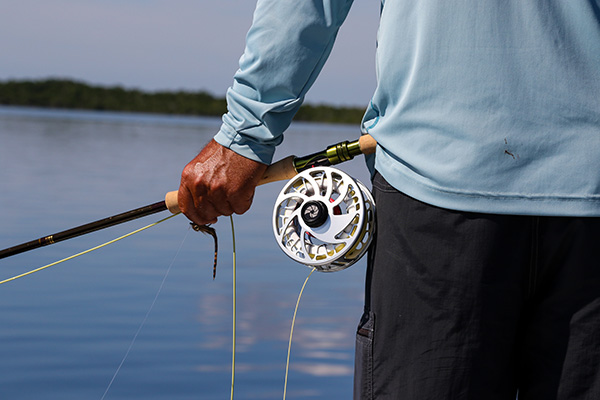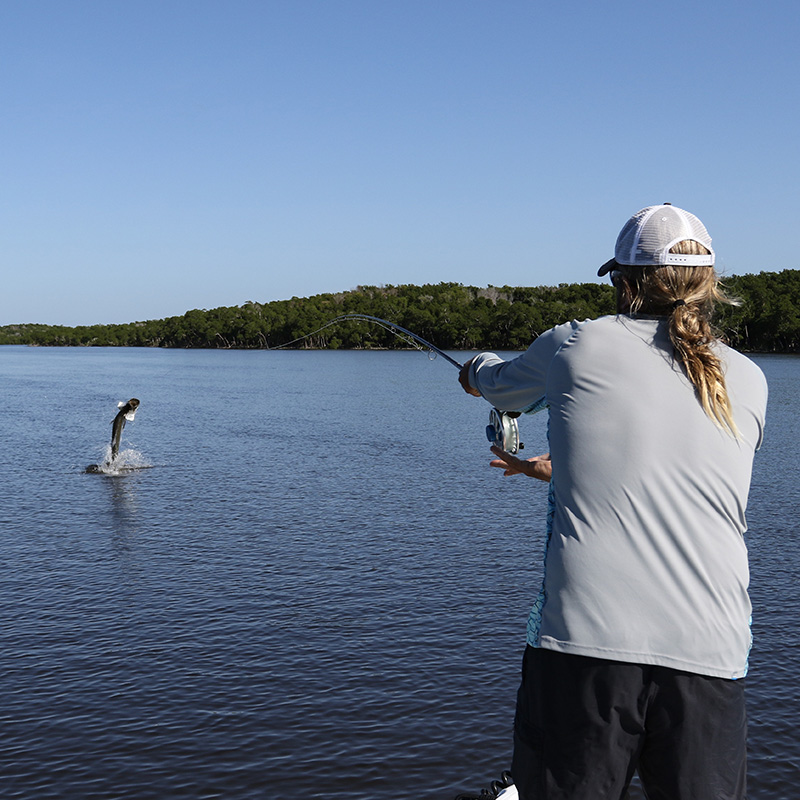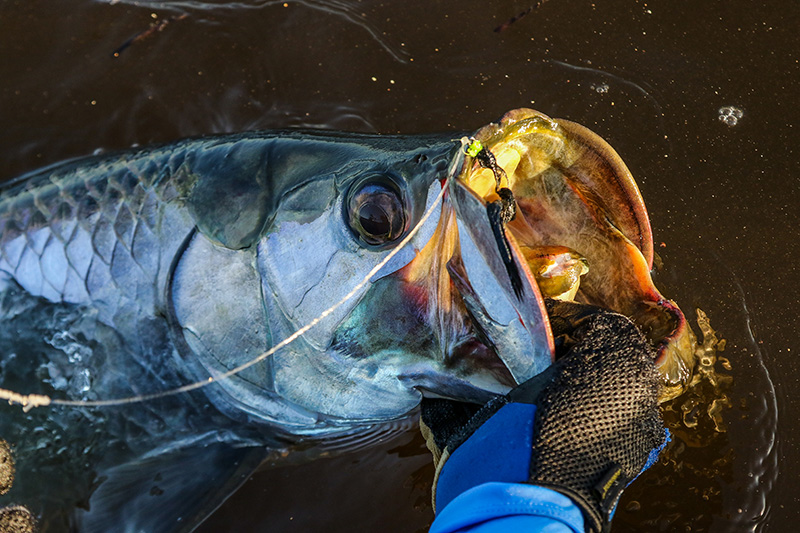Fly Casting Instruction
Lefty Kreh said it best, “If you can’t shoot you shouldn’t hunt.”
Fly casting should be instinctive. To keep your eye on the target and place the fly where it needs to be without thinking.
This can only be accomplished by repetitive practice with a proper casting motion.
Practicing with an improper motion does more damage than good. Building bad casting habits can be hard to break.
I have had lots of fishermen (and women) tell me they have fly fished for years only to watch them flail away on the bow of my boat to the point of embarassment.
The point of the matter is most not all freshwater fly fishing doesn’t require the three most important requirements to saltwater fly fishing, especially sight casting. Speed, distance and accuracy. Period. It is easy to fake it in the freshwater. Some have done it for years.
People also tell me that casting for freshwater fish is different than saltwater.
Hmmm… Actually not. It is exactly the same to make a short accurate cast and a long accurate cast. The casting stroke might be shorter but the motion is the same.
As a full time guide of over 32 years I have heard every excuse. For instance, ” It’s too windy, this fly is too big/heavy, the fish was on the wrong side of the boat, I was too excited, etc.” All can be overcome with an proper casting motion and practice.
“Life in my world comes down to the last 40 feet, If there’s anything left for me to do, it’s to make people aware that life and most particularly this lifestyle, is tied to the natural world and not to a credit card. Many anglers have amassed wealth that gives them the opportunity to make a fishing trip. They go to their local pro shop and buy all the right clothes, rods, reels, lines, and flies. They present their credit card. They arrive at the lodge, also paid by credit card. They step onto a skiff, resplendent with all the right clothing and tackle. The guide poles them within 40 feet of a tailing bonefish. Sadly, their credit card won’t take them that last 40 feet.
They’ve come all the way from Cleveland to Abaco, but with that last 40 to the fish, their credit card is worthless. They’ve forgotten to bring the skills they need, because they didn’t invest the time to develop them. They were busy with their job, kids, the internet. They neglected to bring the skills to get them that last step to the fish. So, they either figure out how to have a good time, or not. But it all comes down to that last 40 feet. Life has just made it too complicated for them to understand the value of that last 40 feet.
“What exactly lies within that last 40 feet, Flip?” I asked.
Everything’s there. It’s not just the distance to the fish. The last 40 feet is the barometer of what you’ve been willing to invest. If you’re just here for the gentle breezes and the boat ride, that’s okay. But when you step onto the front of that skiff and there’s a very serious, committed person on the other end who’s trying to get you that last stretch and you don’t care enough about it to have prepared yourself, you’re being untrue to yourself and unfair to the person at the other end of the boat. That’s a hard view of the last 40 feet, but I think it’s a significant view of commitment. To the rest of us who live this lifestyle, it’s all about the last 40 feet.
Because a lot of us don’t have the credit card. We had to crawl to make it here.” –Flip Pallot
I am not a typical nagging guide. As long as I am asked to, I offer casting instruction on all of my fly fishing trips at no extra cost.
I also offer private lessons on and off the water during the months of July and August as well as November through March.
All ages and skill levels. Whether you are wanting to get started fly fishing , just looking to add extra distance to your cast, learn to double haul or add a skill like dropping a fly on a backcast. From tackle selection to leader construction and rigging. I can help make it happen.
Call, text or email for details.



